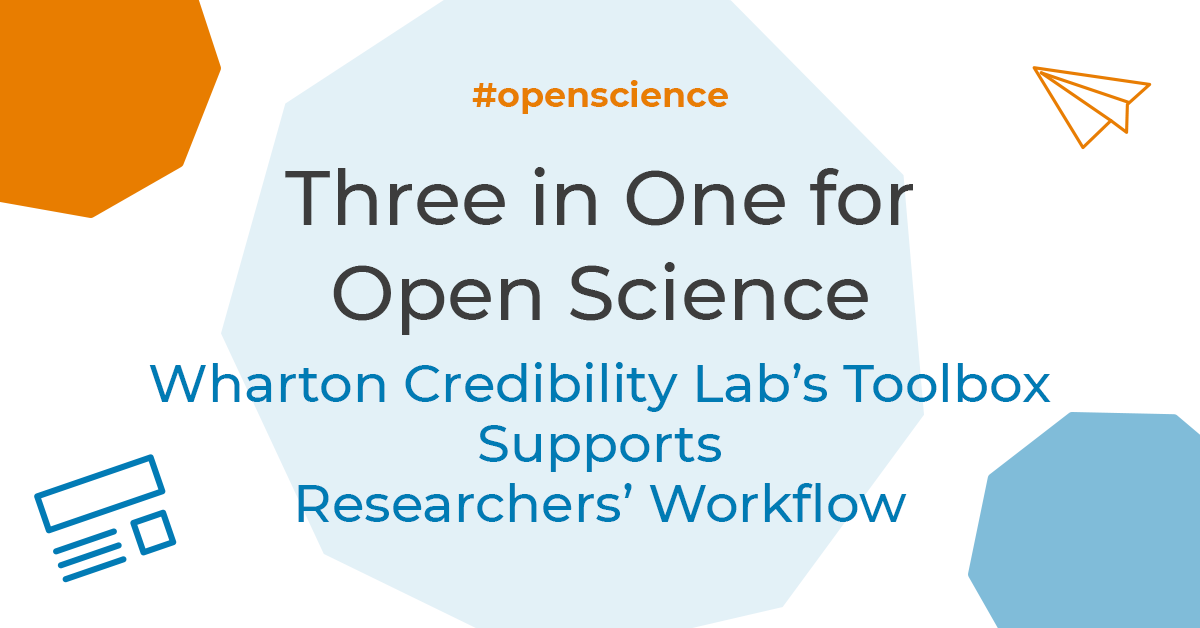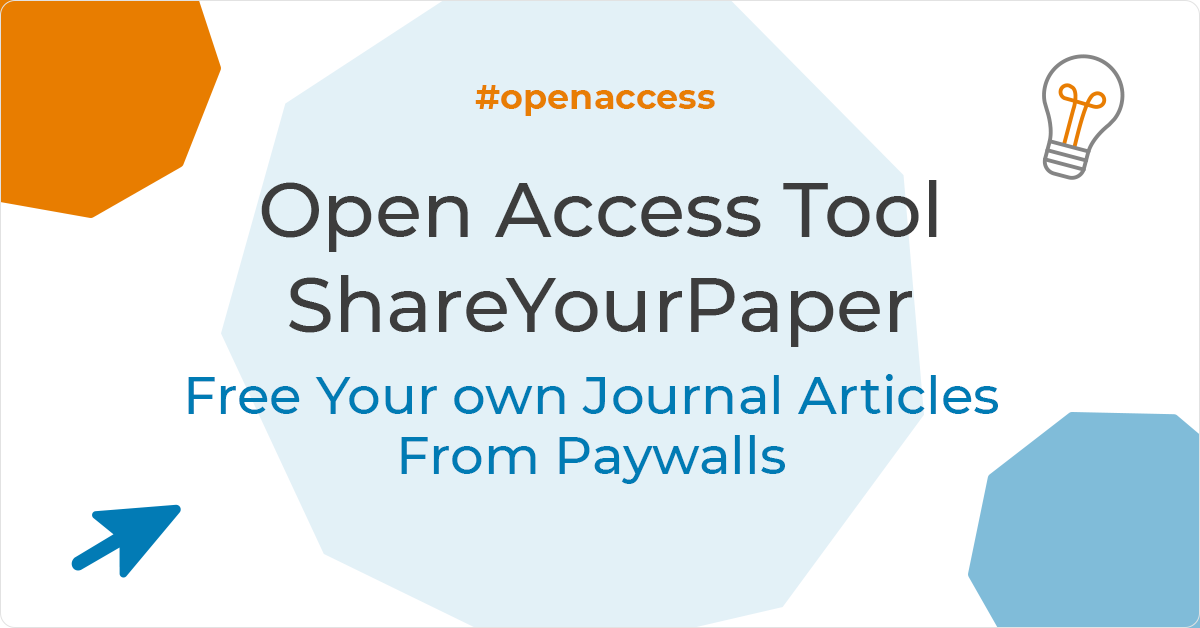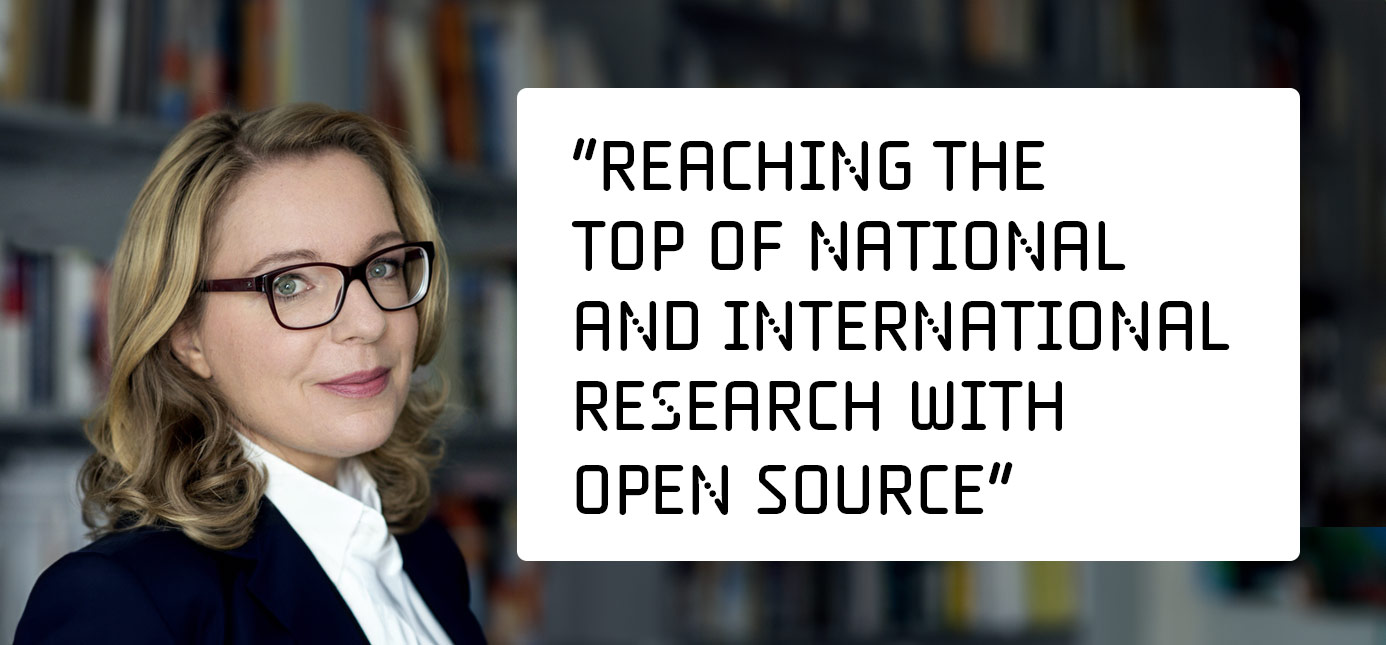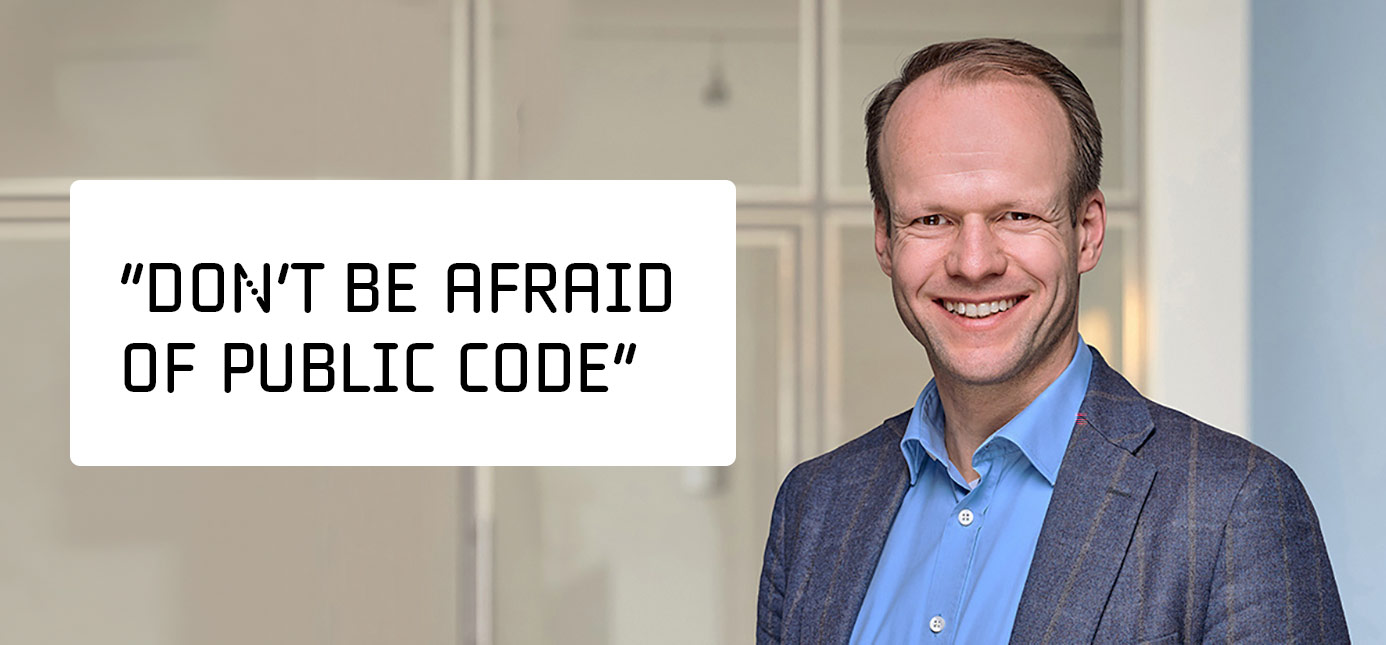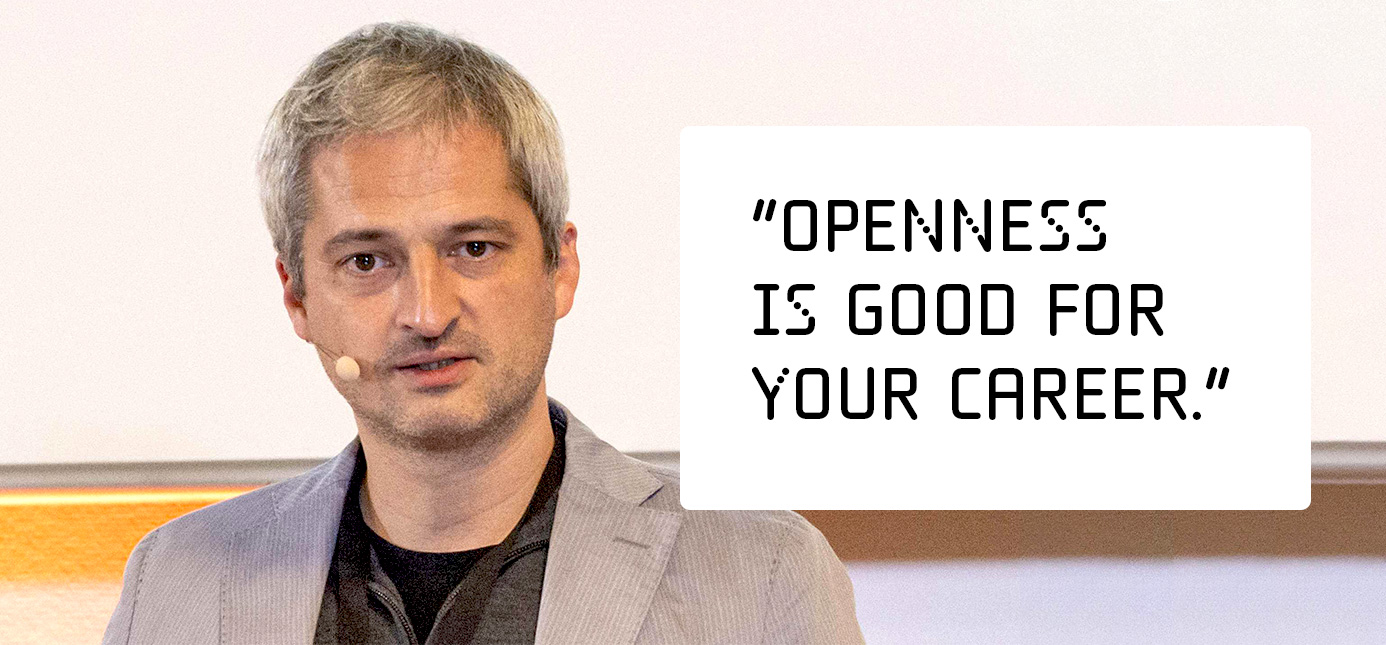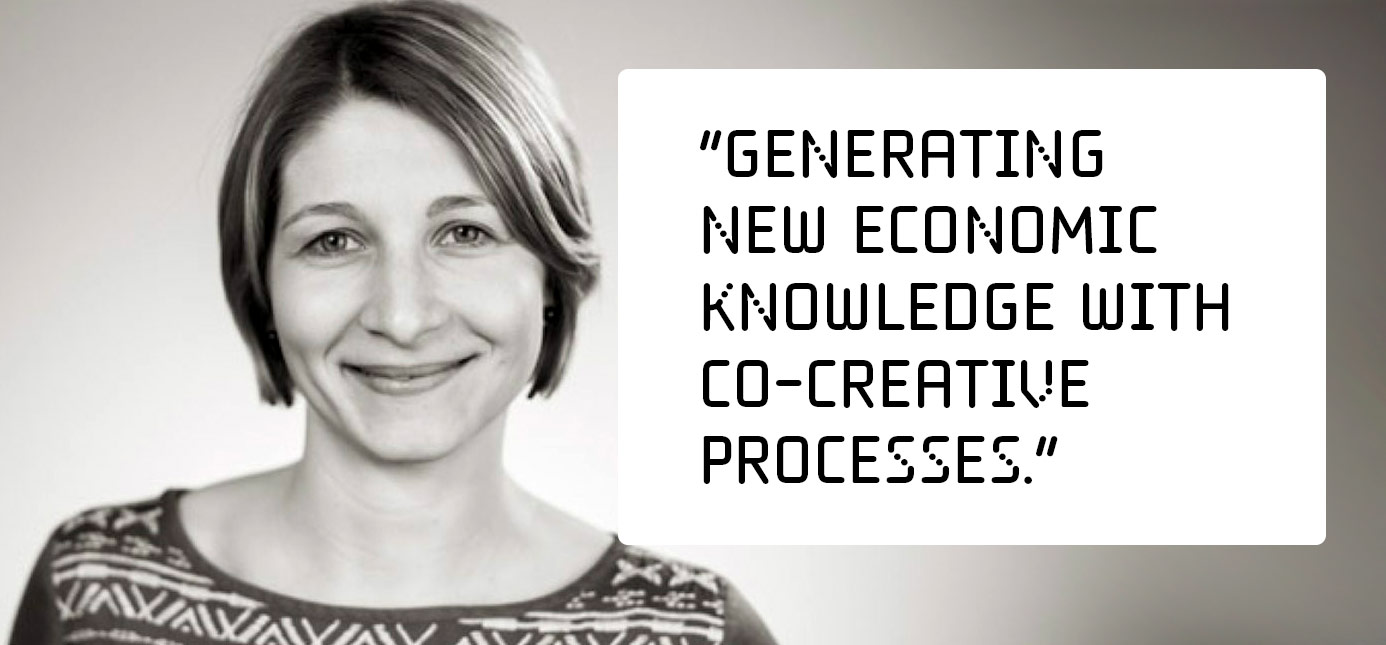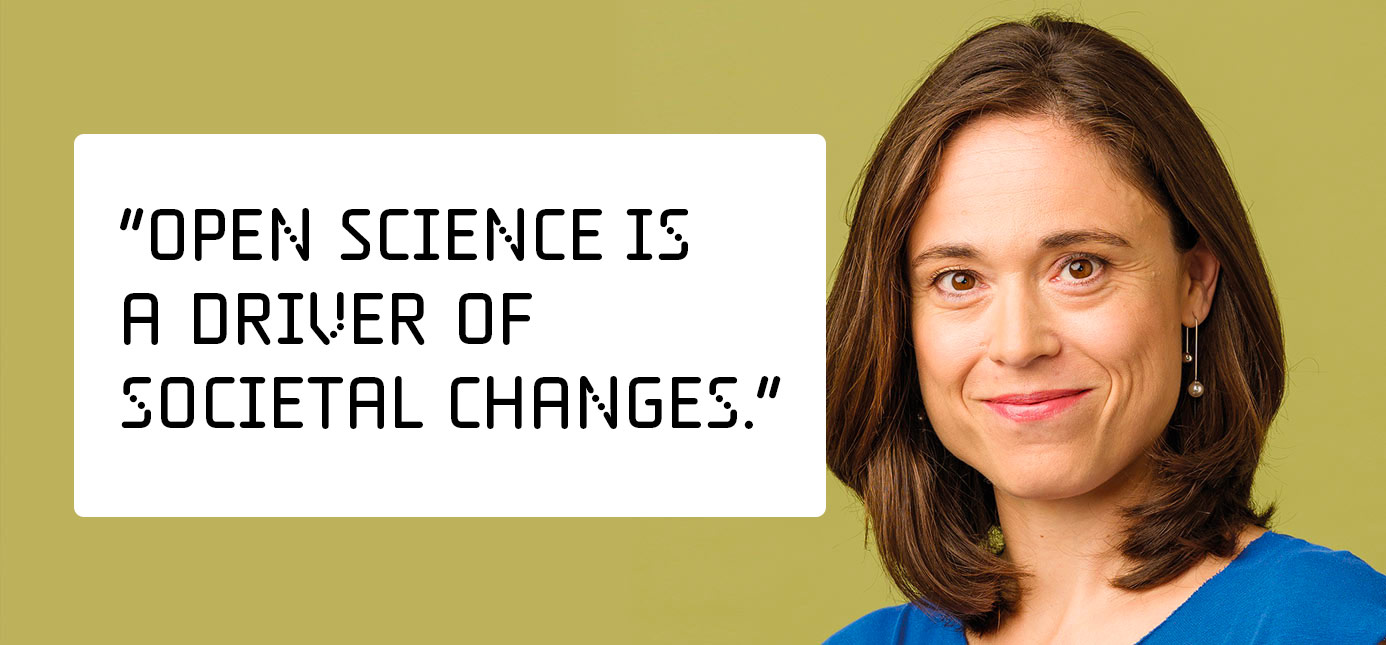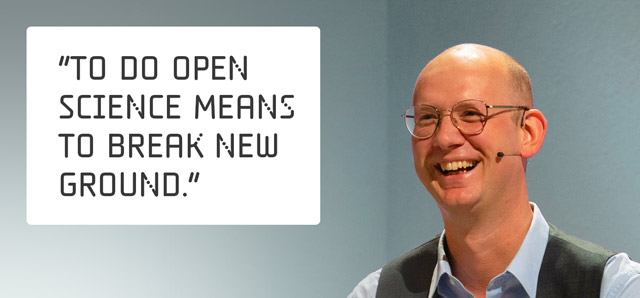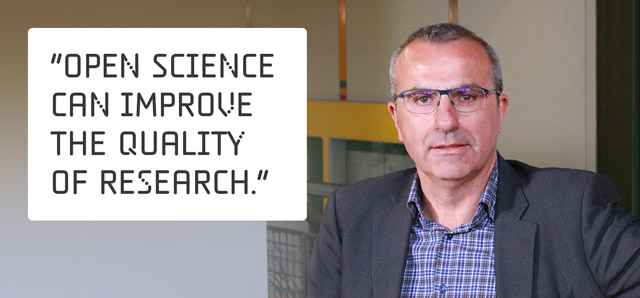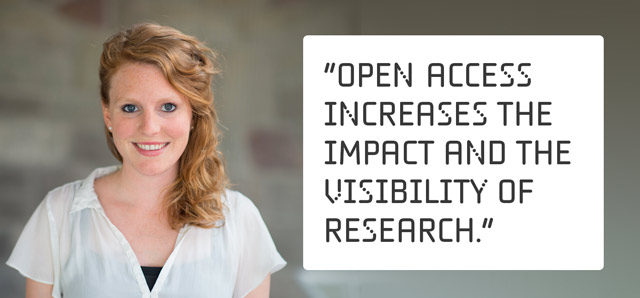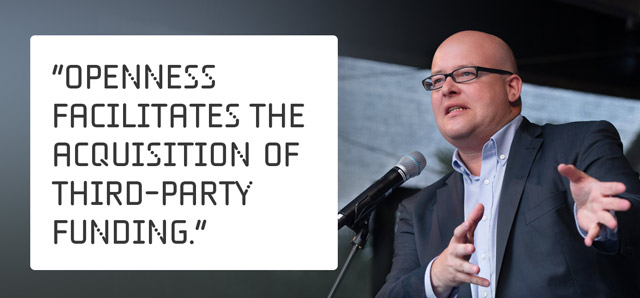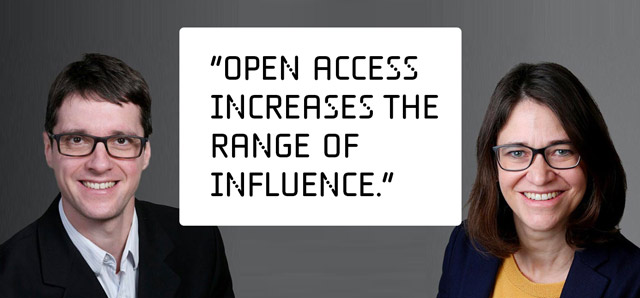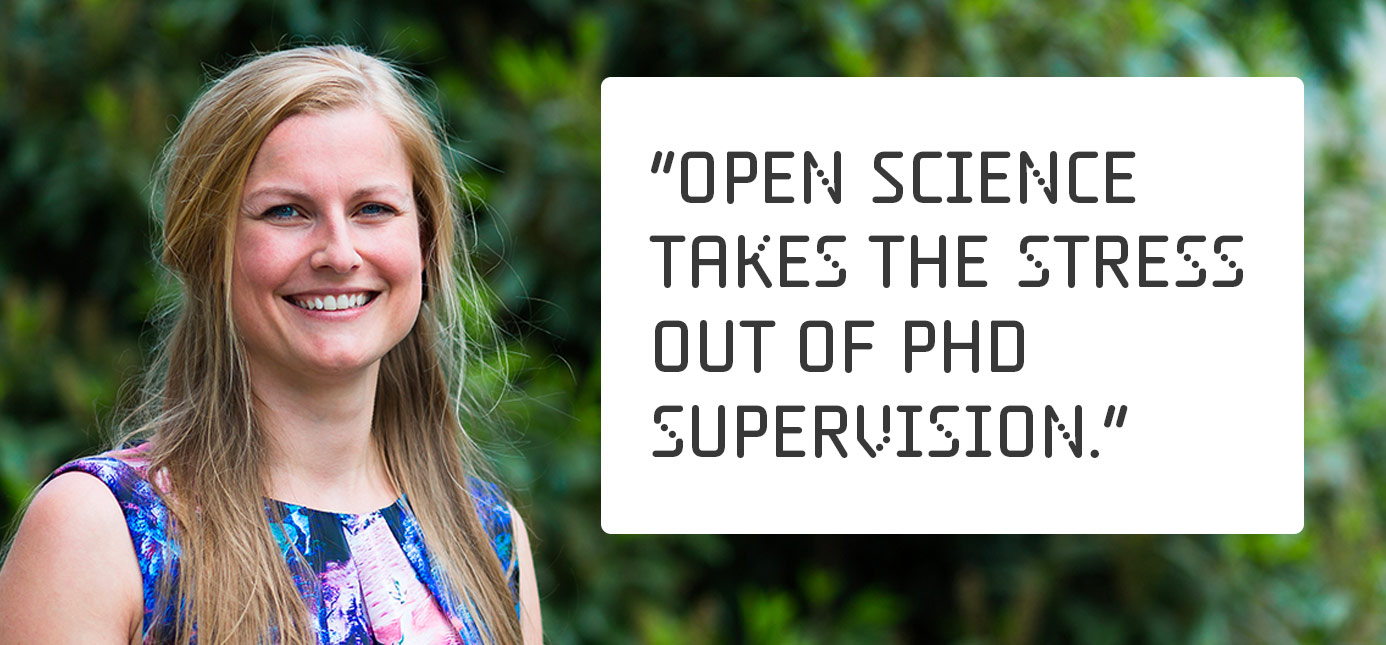Boost your research success in business studies and economics
The ZBW Open Economics Guide shows you how to use Open Science methods and tools – such as Open Access and Open Data – to make your research more efficient and visible!

Introduction to Open Access
Making research visible.

Introduction to Open Data
Making research verifiable.

Introduction to Open Code
Making research transparent.

Introduction to OER
Making teaching better.
New Blog Posts
Stay up to date with the latest tips and tutorials on Open Science.
Three in One for Open Science: Wharton Credibility Lab’s Toolbox Supports Researchers’ Workflow
Making Open Science irresistibly easy is the Wharton Credibility Lab’s mission....
Open Access Tool ShareYourPaper: Free Your own Journal Articles From Paywalls
You have published an article in a journal, but it is...
Open Science in Practice
Researchers' inside reports from their everyday life.
Open Science Events
Conferences, seminars, webinars, online panels and more!
Mit App und Avatar? Die didaktische Zukunft der BWL
Im Gespräch mit Viola Deutscher (Universität Göttingen) und Jörn Littkemann (FernUniversität in Hagen) diskutiert Jochen Zimmermann (Universität Bremen) über Chancen, Grenzen und Kontroversen digitaler Lehre. Praxisnahe Beispiele wie BWL Champion und VR-Simulationen treffen auf didaktische Modelle und die Frage nach dem Prüfungssystem von morgen
Data Quality Workshop: Unstructured Data and the Need for Quality Metrics
In the context of unstructured data in business, economics, and other social sciences, research can focus on a wide range of topics, including but not limited to… the assessment or improvement of the quality of unstructured data - the development of data quality frameworks - applications for unstructured data in research - highlighting the challenges in collecting and curating unstructured data. The event brings together experts from diverse fields to share insights, experiences, and strategies for navigating the challenges and opportunities of working with unstructured data. It also explores the need for quality metrics in AI and official statistics development in business, economics, and related data.
Contact
Do you have questions about Open Science or suggestions for our guide?
We look forward to hearing from you!




